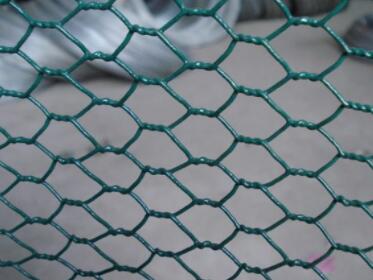The Versatility and Applications of Perforated Iron
Perforated iron, with its unique combination of strength, durability, and aesthetic appeal, has become an increasingly popular material in various industries. Defined by a series of holes or patterns punched into the iron sheet, perforated iron serves functional and artistic purposes. This article explores the numerous applications of perforated iron, its advantages, and its impact on modern design and construction.
What is Perforated Iron?
Perforated iron is produced by punching or drilling holes into sheets of iron or steel, resulting in a material that's not only lightweight but also possesses a variety of textures and patterns. These perforations can be customized in size, shape, and arrangement, allowing for nearly limitless design possibilities. The manufacturing process can involve different techniques, such as laser cutting, CNC punching, or traditional mechanical punching, ensuring precision and versatility.
Advantages of Perforated Iron
1. Lightweight Yet Strong Despite its reduced weight due to the perforations, iron maintains significant structural integrity. This makes it an ideal choice for applications where strength is necessary but weight reduction is also critical.
2. Aesthetic Flexibility The variety of patterns available allows architects and designers to utilize perforated iron as a means of enhancing aesthetic appeal in buildings and other structures. Whether in facades, screens, or interior elements, the visual impact of perforated iron adds a modern touch.
3. Ventilation and Acoustic Control Perforated iron panels can facilitate air flow and sound absorption—features crucial in many architectural and environmental designs. By allowing air to pass through, they can be used in ventilation systems or as partitions that do not obstruct light while maintaining privacy.
4. Durability Iron, known for its robustness and resistance to wear and tear, is particularly advantageous in settings subject to harsh environmental conditions. When coated or treated, perforated iron can resist rust, corrosion, and other forms of degradation, making it suitable for outdoor applications.
5. Eco-Friendly Options With an increasing focus on sustainability, many manufacturers are investing in eco-friendly practices. Perforated iron can be recycled and repurposed, following a life cycle that is more sustainable than other materials.
perforated iron

Applications in Industry
Perforated iron has found its way into numerous industries, showcasing its versatility
- Architecture In contemporary architecture, perforated iron is used for external facades, sunshades, and privacy screens, enhancing aesthetics while providing functional benefits such as shading from sunlight and reducing energy costs.
- Interior Design From decorative wall panels to room dividers, perforated iron is utilized in modern interior spaces to create visually striking elements that also serve practical functions like acoustic control.
- Industrial Use In industrial settings, perforated iron is often used for safety barriers, filtration systems, and platforms. The ability to withstand heavy loads while allowing for necessary airflow or drainage makes it especially valuable in factories and warehouses.
- Furniture Design Designers are increasingly incorporating perforated iron into furniture, including chairs, tables, and shelving units. The material’s strength combined with its unique design makes it attractive to both consumers and manufacturers.
- Art Installations Artists utilize perforated iron to create unique sculptures and installations that play with light and shadow, further emphasizing the material's aesthetic potential.
Conclusion
Perforated iron emerges as a material embodying both functionality and artistry. Its durability, ease of manipulation, and aesthetic appeal make it a favorite in industrial applications, architecture, and interior design. As demands for innovative and sustainable designs continue to grow, the versatility of perforated iron positions it as a key player in the material choices of the future. Whether for structural integrity or artistic expression, perforated iron stands out as a resource that skillfully blends form and function.

















